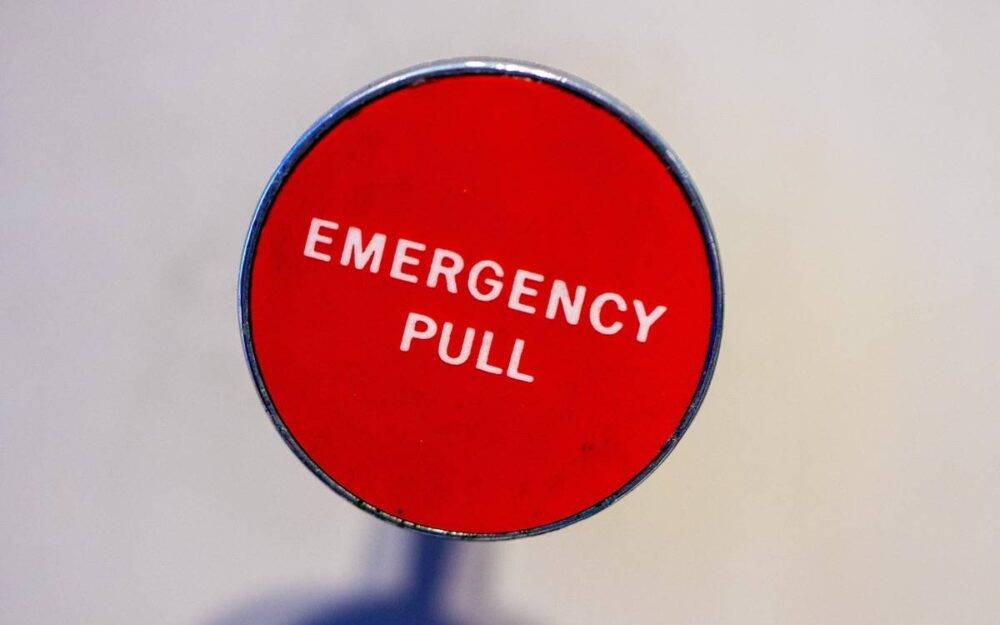In brief…
- While there may be some debate if a PR agency can or cannot turn down a client, the crux is not whether PR agencies can or should turn down a client.
- A crisis in the 1980s may be an explosion in an offshore petrochemical plant killing engineers on-board, or a major financial scandal that crippled a bank’s viability and lost billions for their downstream customers.
- The aviation industry is one tested through hell and brimstone, because lives are at stake, and it is extremely difficult to resolve an in-air crisis compared to any other industry on the ground or on the seas.
In the Guardian, it was reported that the Hong Kong government failed to secure a PR agency in its tender, with 4 PR agencies immediately declining, and 4 declining later on. These were all large or global PR agencies.
While there may be some debate if a PR agency can or cannot turn down a client, the crux is not whether PR agencies can or should turn down a client. The crux is about WHEN a PR agency should be approached.
A crisis is defined as “a time of intense difficulty or danger”. Often, a crisis may emerge over time, escalated and exacerbated by various circumstances or people, until it practically explodes into something of a disaster. A crisis can also be a sudden event, either an accident or otherwise, that triggers a situation beyond what a normal entity can handle.
What are the common crises?
In the days before the Internet, crises were not that common to the average business. A crisis in the 1980s may be an explosion in an offshore petrochemical plant killing engineers on-board, or a major financial scandal that crippled a bank’s viability and lost billions for their downstream customers.
These days, in the 21st century, crises have become much more common. Beyond industrial incidents, fraud, lapses, malpractice, and product recalls, we have to contend with cybersecurity and data privacy issues. There are many more incidents where online transactions were hijacked, personal and permanent identifiable information stolen and even sold online, and ransomware, and so on. With legislations such as GDPR (General Data Privacy Regulations) in the European Union (EU) and similar legislations cropping up elsewhere in the world, including Singapore (PDPA, or Personal Data Privacy Act), often with legal ramifications and even punitive measures, companies can no longer ignore these potential crises.
Triggers and Threats
For every potential crisis, there are threats that can trigger a crisis.
Latent Threats may be cultural, which may involve national, organizational or professional audiences and entities, or due to vague in-house policies that do not help stakeholders (such as employees) to understand how to handle triggers, threats, responses and crises.
Overt Threats may be environmental, such as the weather (especially bad or extreme weather and subsequent disasters), or employees (which may be innocent or malicious).
Is a crisis really a crisis?
The trouble with crises is that many organizations do not see the need to be prepared for any possible or eventual crisis, and hope for the best that nothing bad happens. With such a mindset, it may be difficult to suddenly engage outside help with no prior engagement or knowledge of an organization, and hope that these external experts can smooth over the disaster and make all bad things “go away”.
There is no miracle or magic in crisis resolution. It is known as “crisis preparedness”. For an organization to be ready for any eventual crisis, it must be PREPARED, and not scramble only when a crisis hits.
A Model for Crisis Resolution from Aviation
The aviation industry is one tested through hell and brimstone, because lives are at stake, and it is extremely difficult to resolve an in-air crisis compared to any other industry on the ground or on the seas.
Since the 1970s, after some major airline accidents, the Crew Resource Management (CRM) program was introduced, helping pilots understand their environment, being prepared with Checklists and Plans, defining clear roles and responsibilities for every crew member, communicating clearly, with checks and double-checks for a closed-loop communication, and calling for help on time. After the crisis, there must be documentation (e.g. logs), debriefing (for refining the process), and educating the crew on what to do in the future.
Crisis Preparedness and Communication Program
We have always advocated that organizations have an in-house Crisis Preparedness and Communication Program that is “live”, updated often, disseminated throughout the organization, and tested through simulations regularly.
What goes into such a program?
There are some basics for a Crisis Communication Program, such as:
- Who are the coordination team members?
- Who are designated spokespersons?
- What media engagement policies are in place?
- What media engagement processes/procedures are there?
- What is the company positioning?
- What are the possible crises that may strike the company?
- What are the possible statement briefs for each of these potential crisis?
- What are the possible questions the company may be grilled for?
- How do you counter difficult questions with grace and honesty?
- What are the assets (images, videos, text, etc) available?
We recommend a “live” document, rather than a printed tome, so that changes can be made quickly and effectively, in an online but intranet system akin to a Wiki. A good crisis preparedness program should be disseminated to all stakeholders within the organization, and not just a “privileged few”. Frequent “fire drills” and simulations should be carried out until the stakeholders retain some recall to procedures, checklists, people to communicate with, and what to do to close the loop in a crisis.
A crisis should never be “handled” as it happens. Too much can be at stake. It is far easier to resolve crises if an organization takes time and effort to put a Crisis Preparedness and Communication Program in place, keep it current, and make sure everyone on board knows what to do.
Be prepared. Don’t react.
PS – We are one of the leading Crisis and Media Communication practitioners this side of the world. If you run a business and is serious about viability and long-term survival, talk to us.

Dr Seamus Phan – Global C-suite Publicist & Strategist (Biochemist, Cybersecurity & Webdev pioneer, Author, Journalist) with 37 years of professional field experience.

